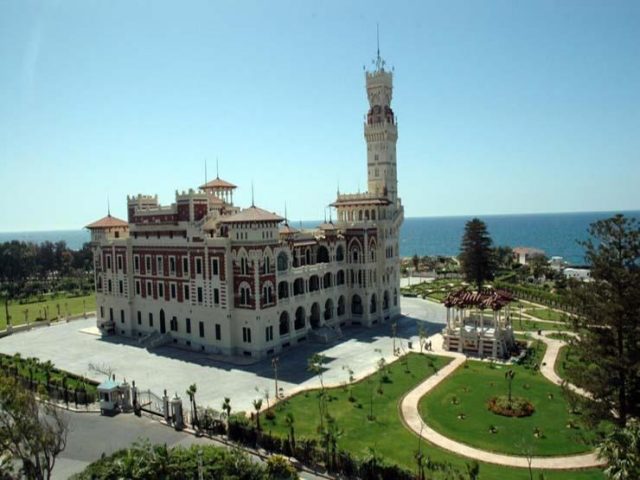Alexandria, the bride of the Mediterranean
Alexandria, the bride of the Mediterranean
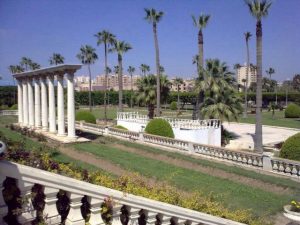
Alexandria, the bride of the Mediterranean, as it was called in the past, is one of the most beautiful cities in Egypt, which was built by Alexander the Great in 323 BC. At that time, the link between the island of Pharos and the village of Rakoda was made by filling the water that connects them, and it remained the capital of Egypt for nearly a thousand years.

Alexandria was famous in the past for its many landmarks, such as the Library of Alexandria, which contained more than 700,000 volumes, and the Lighthouse of Alexandria, one of the wonders of the ancient world. Spring and fall are the best seasons to visit Alexandria, which attracts tourists from inside and outside Egypt. Alexandria is divided into nine districts, with a population of more than four million.
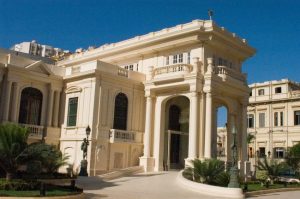
Alexandria’s best hotels
The city of Alexandria, the bride of the Mediterranean, has many wonderful accommodations such as hotel apartments, hotels, and others, to discover the best hotels in Alexandria that have great locations close to the tourist attractions, and have high ratings Read more.

pole pole
The pillar is considered one of the most important tourist attractions in Alexandria, where tourists from all over the world flock to it to witness the history that prevailed during a period of Alexandria. The Alexandrians built it for the Roman Emperor Diocletian to rid them of the leader Achilles after his famous revolution. It was built on the hill of Bab Sidra, which is located between the Al-Amoud area (the Muslim burial grounds) and the Kom Al-Shaqafa plateau.
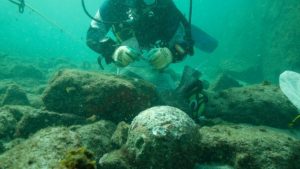
Bey Citadel
The castle is located in the west of Alexandria in the Bahri area. It was built by Sultan Al-Ashraf Abu Al-Nasr Qaitbay to counter the attacks launched by the Ottoman Empire on Egypt. The castle was built on top of the Alexandria Lighthouse, which was destroyed after a strong earthquake struck the city.
The castle remained an impenetrable fortress to stand up to any attacks coming from the Mediterranean. Its height was 4 meters and its width was 2 meters. It took two years to build it. It was vandalized by the British occupation at the time of the occupation of Egypt. The castle is surrounded on three sides by the sea. The castle is divided into three floors, designed in a square and octagonal geometric shape to make it easier for soldiers to take cover and defend the city.
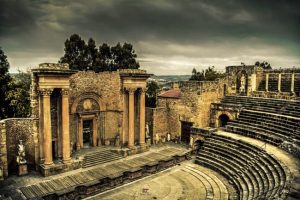
Library of Alexandria
It is one of the most important tourist places in Alexandria and is located in the Shatby area. The library was built on the ruins of the old library, which was established by Ptolemy II, who was interested in culture and put many books in it. He mentioned that it contained more than 700 thousand volumes and books. Greek and one of the most important books translated is (Philadelphus) the Torah. The library was exposed to fire at the hands of Julius Caesar and was revived again in 2002 AD with the support of UNESCO to be a beacon of culture in the whole world. The library has more than 8 million books and is considered the first digital library and includes many museums, halls, a conference center and a planetarium.
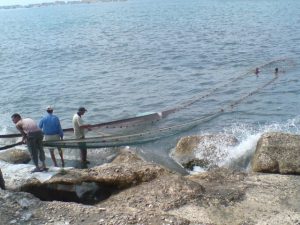
Tombs of Kom El Shoqafa
The tombs are located in the Kom al-Shaqafa area, which is one of the most important archaeological cemeteries in Alexandria. It was named by this name in relation to the area in which it is located. The name of the area is due to the presence of piles of remnants of broken pottery in a large way, and it expresses the blending of the Pharaonic and Roman civilizations, where there are many statues inside. And artifacts and several tombs. The tombs were discovered by chance in 1900 AD when a donkey fell into one of the tombs 12 m underground and when we went down to search for it, the tombs were discovered.
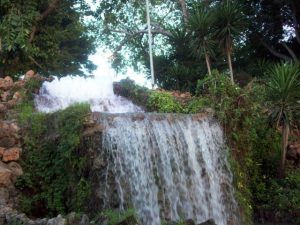
Tombs of Mustafa Kamel
The tombs are located in the area named after its name, which is the residences of the officers of Mustafa Kamel in Alexandria. It was carved with rock. It consists of four tombs. The first and second tombs are located below the surface of the earth, and the third and fourth are above the surface of the earth. These tombs were built in the third and second centuries BC in the Greek and Roman eras and were discovered By chance, the tombs contain burial chambers, funeral chambers for placing coffins, chambers for holding prayers, chambers for offering offerings, as well as many corridors and courtyards. The cemetery is famous for the decorations that adorn its walls.
